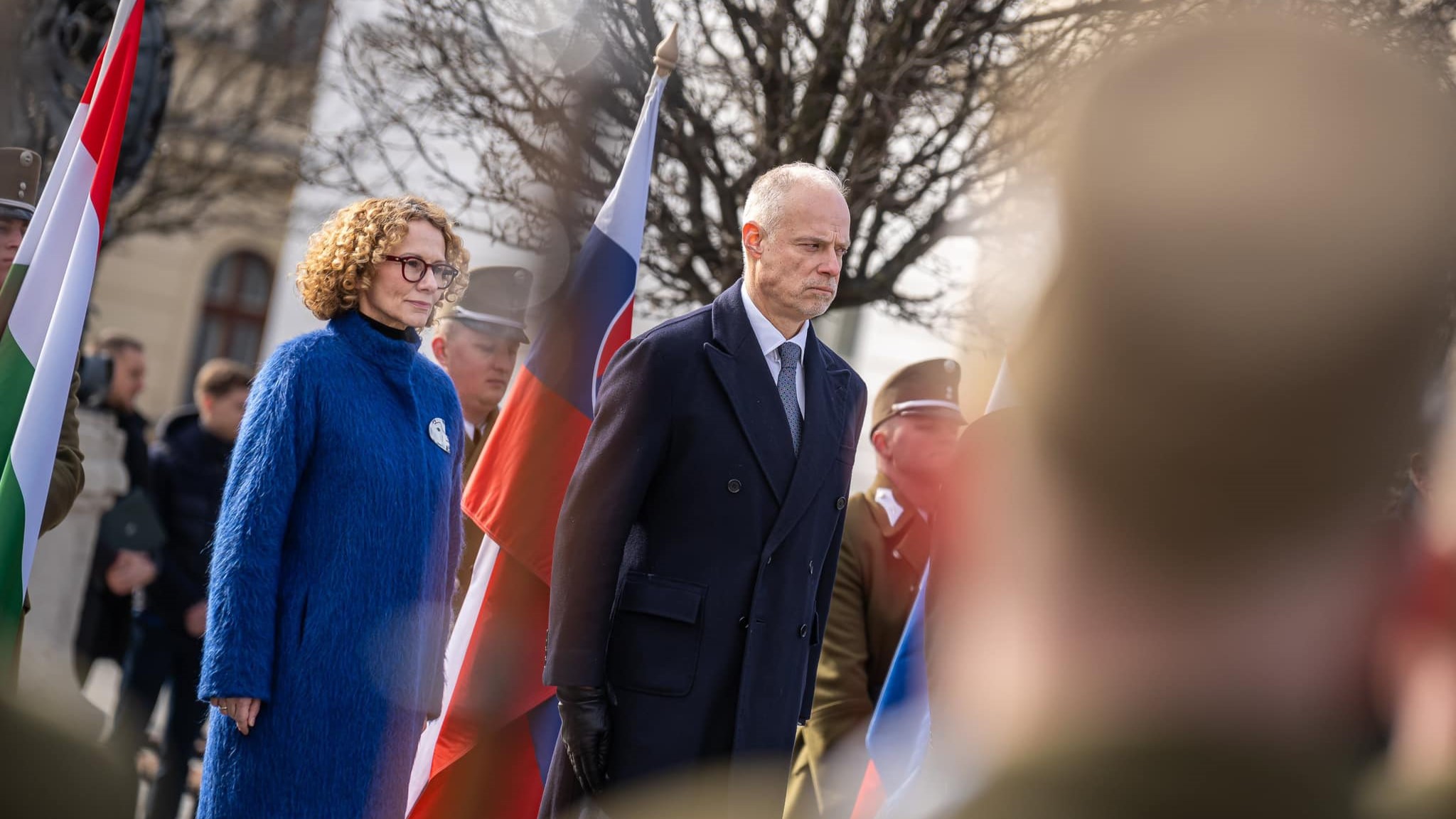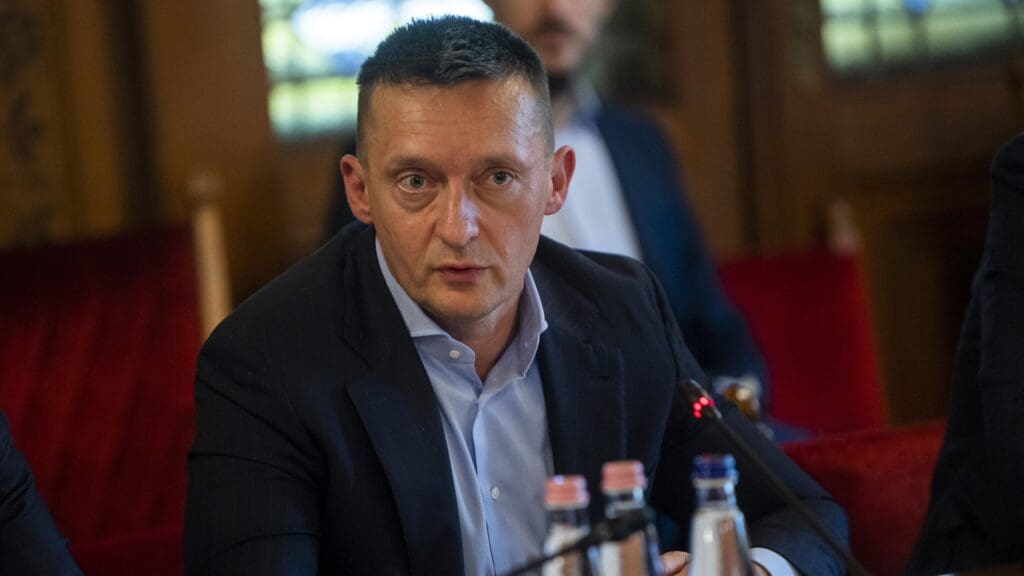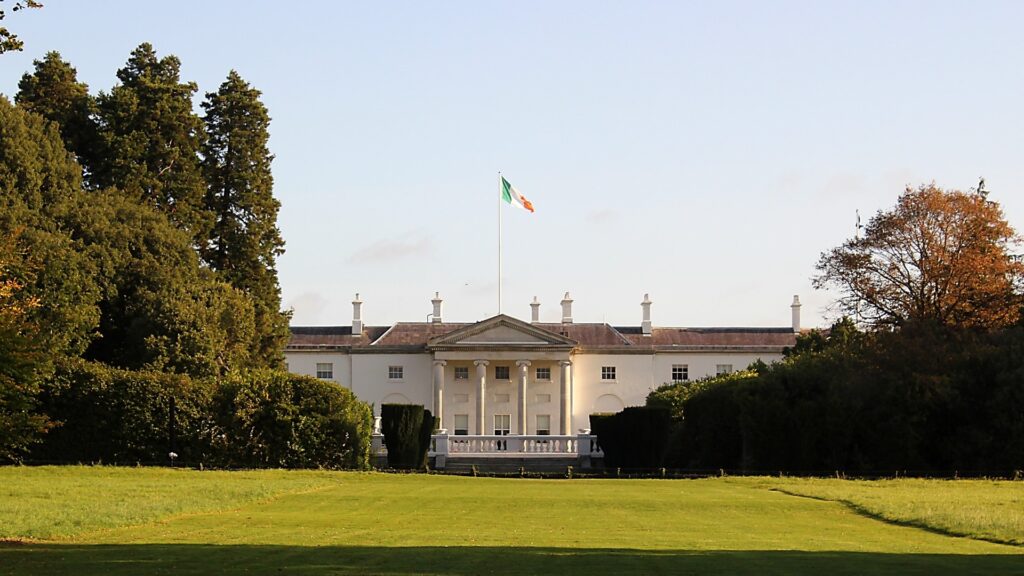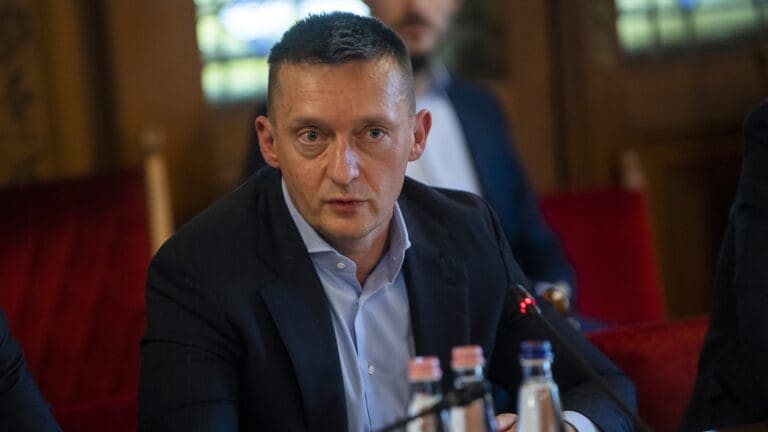In 2019 the Hungarian government made a strategic decision to establish the Headquarters Multinational Division Centre (HQ MND-C) in response to growing international tensions, aiming to strengthen NATO’s deterrence and defence posture while addressing a strategic need in Central Europe.
At that time, Hungary and the Central European region lacked a military command structure on NATO’S Eastern flank. To address this, Hungary, together with Slovakia and Croatia, decided to set up and operate the HQ MND-C as framework nations, with seven additional Allies—Germany, Italy, Poland, Slovenia, Türkiye, Spain and Romania—contributing personnel to the headquarters.
The escalation of the war in Ukraine in 2022 further increased the importance of this initiative, leading the North Atlantic Council to officially activate the headquarters on 3 May 2022. Initial Operational Capability (IOC) was achieved by February 2023, and by the end of 2024, the HQ MND-C reached Full Operational Capability (FOC). The milestone was formally announced at a ceremony in Székesfehérvár on 10 February 2025—a significant achievement for Hungary and the region.
During the ceremony, NATO’s Deputy Secretary General Radmila Šekerinska described the event as a milestone, and emphasized the broader significance of the HQ MND-C, highlighting its crucial role not only for the three founding nations—Hungary, Slovakia and Croatia—but also for the collective safety of the Alliance.
Slovak Deputy PM and Defence Minister Robert Kaliňák praised the collaboration and humility among Allied nations, extending gratitude to Hungary and Croatia for their joint efforts.
Croatian State Secretary Tomislav Galić echoed the remarks of his Slovak colleague, emphasizing that achieving FOC has created a new sense of security and reaffirmed the commitment of the HQ MND-C to defending NATO’s eastern flank.
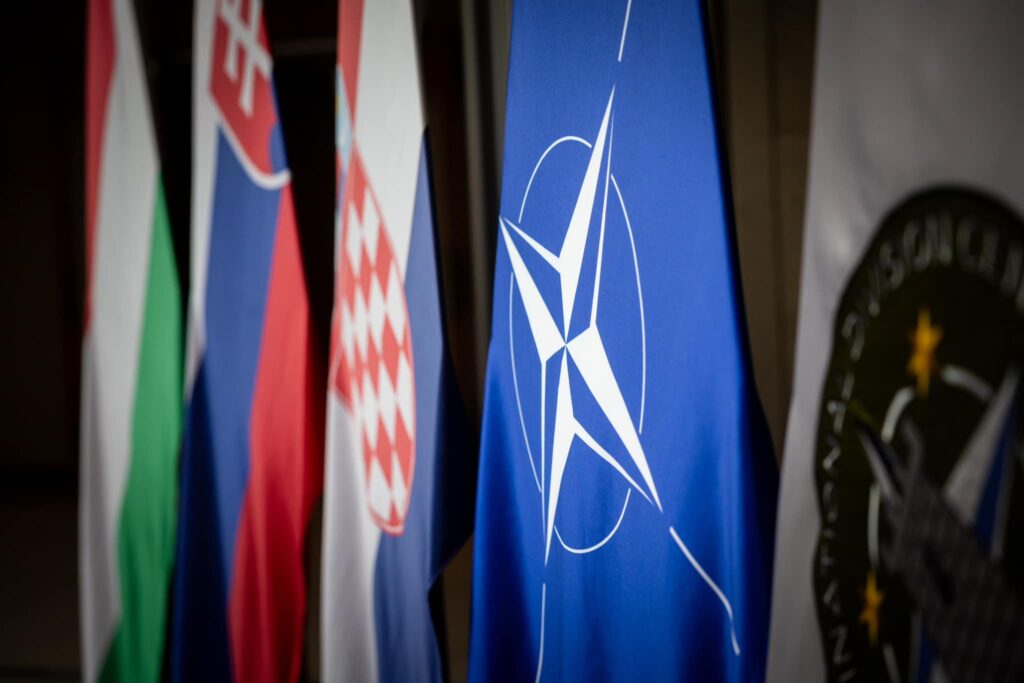
Major General Tibor Králik, Commander of the HQ MND-C, emphasized the headquarters’ ability to align with NATO strategies in addressing both technological and global security challenges.
Besides high-level representatives from NATO and the founding nations, the ceremony in central Hungary brought together NATO command leaders, senior staff members from the headquarters, as well as ambassadors and military attachés from several NATO Allies.
With the FOC achieved, the headquarters is now fully integrated into NATO’s Joint Force Command in Brunssum (JFCBS). It will operate under the NATO Rapid Deployable Corps – Spain (NRDC-ESP), which fulfills a corps-level command role. Additionally, the HQ MND-C will oversee the brigade-level Forward Land Forces (FLF), a multinational battlegroup stationed in Hungary.
Hungarian Defence Minister Kristóf Szalay-Bobrovniczky hailed the milestone as a testament to Hungary’s dedication to the security and stability of both its own people and the broader region.
‘We have become faster, more efficient, and stronger, enhancing not only our nation’s security but also the stability of the entire region,’ he stated. Looking back on the journey since the headquarters initiative began, the Minister highlighted the importance of the efforts made, especially in light of an increasingly fragile security environment.
Kristóf Szalay-Bobrovniczky concluded his speech with a powerful reminder: ‘Strength lies not just in weapons or numbers, but in readiness, and the will to defend what we hold dear. The HQ MND-C stands as a symbol of that commitment. Together, we are stronger.’
The HQ MND-C’s role will expand in the coming years, and is set to coordinate NATO military exercises aimed at testing combat readiness and enhancing interoperability among Allied forces. It will continue to play a critical role in the region’s defence architecture, ensuring that the Alliance remains prepared for the challenges of the future.
Related articles:

